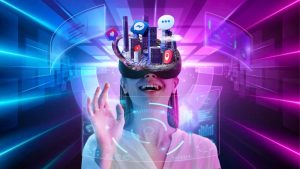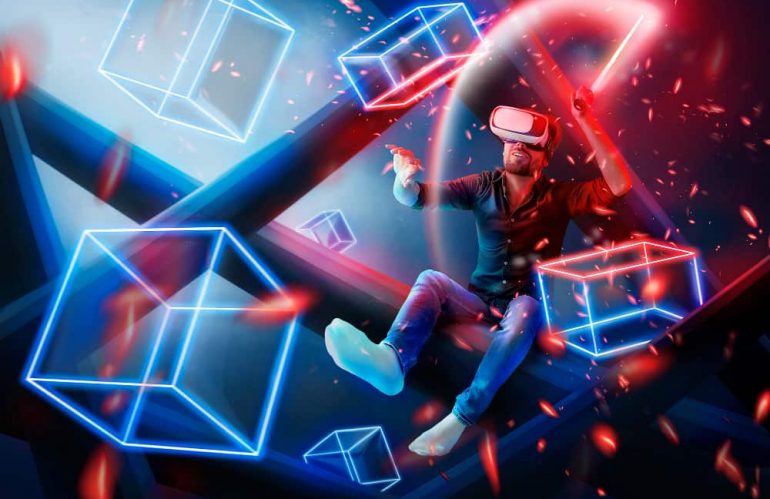Virtual Reality (VR) technology has rapidly evolved and is poised to revolutionize the way businesses approach marketing. With its ability to create immersive experiences, VR has found its way into various industries, including marketing. In this article, we’ll explore ten real-world examples of how VR is being utilized in marketing strategies to engage customers, enhance brand experiences, and drive business growth.

- Product Visualization: VR enables customers to visualize products in their own environments, aiding in the decision-making process. IKEA’s “IKEA Place” app allows users to virtually furnish their homes with IKEA products, giving them a realistic sense of how the items would look.
- Brand Awareness: Gucci’s “Gucci Garden Archetypes” VR experience lets users explore a virtual version of its flagship store. This interactive encounter boosts brand awareness and enables users to engage with the latest collection in an innovative way.
- Education and Training: The Mayo Clinic’s “Virtual Surgical Anatomy” VR program helps surgeons practice procedures on virtual human body models, enhancing their skills in a safe and controlled environment.
- Customer Service: BMW’s “BMW iX Virtual Reality Experience” offers customers the chance to test drive a car without leaving their homes. This immersive encounter enhances the customer service journey.
- Sales and Marketing: Volkswagen’s “Volkswagen ID.Buzz Virtual Experience” lets potential customers take a virtual tour of a new car model. This interactive approach aids in decision-making and accelerates the sales process.
- Events and Experiences: The Coachella Music Festival’s VR experience lets users enjoy performances from unique perspectives. This innovation enhances event experiences, attracting and engaging attendees.
- Social Media Engagement: Nike’s “Nike Air Max AR” VR filter enables users to try on the latest Air Max shoes virtually. By integrating with platforms like Instagram and Snapchat, businesses can create meaningful connections with customers.
- Gaming for Marketing: VR games, like “Beat Saber,” offer immersive experiences that captivate players. These games provide game developers with a potent marketing tool to engage audiences and build brand loyalty.
- Filmmaking for Marketing: VR films, such as “Cubism: A VR Experience,” immerse viewers in unique storytelling. This medium provides filmmakers with a novel way to promote their work and engage audiences.
- Interactive Marketing Campaigns: Companies can craft interactive marketing campaigns using VR to showcase their products or services. For example, a real estate agency could offer virtual property tours, enabling potential buyers to explore homes from their screens.

Conclusion
Virtual Reality’s integration into marketing strategies offers exciting opportunities to engage customers in innovative ways. From product visualization to immersive brand experiences, VR is reshaping the marketing landscape. As these real-world examples demonstrate, the next five years hold immense potential for VR to transform how businesses connect with their audiences and drive growth through unparalleled experiences. Stay tuned for the continued evolution of VR in marketing and the remarkable possibilities it brings.


 by
by 
